Clean Energy
Combating Climate Change in Idaho
The extraordinary amount of carbon humans release into the atmosphere is causing the world to warm at an alarming rate, changing weather patterns, and the way of life for people and wildlife everywhere. As an Idaho-based organization, we are committed to protecting our communities while reducing Idaho’s contribution to climate change. Our long-term goal is to make Idaho carbon neutral. One of the ways we will accomplish this is by helping Idahoans conserve energy and getting our utilities to divest from fossil fuel energy sources in exchange for clean, renewable energy.
Clean Energy is Better for All Idahoans
Investing in clean energy can grow Idaho’s economy and protect our air quality. Unlike out-of-state fossil fuels, solar, wind, and geothermal power is produced right here in Idaho and puts electricians, home builders, and other local companies to work.
To achieve these benefits ICL engages with Idaho utilities, regulators, and customers to create policies that encourage developing Idaho’s own clean energy sources.
While doing so, we must be mindful to protect habitats and landscapes that could be impacted by developing clean energy infrastructure.
To protect the natural values that are at the core of ICL’s mission we monitor all energy projects to avoid and minimize impacts, and require extensive mitigation for unavoidable impacts.
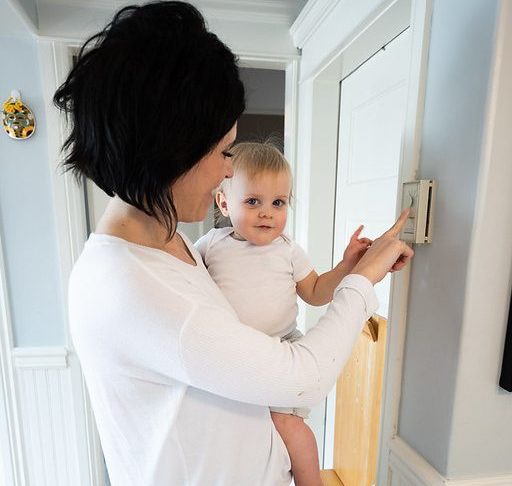
Speak up for clean energy in Idaho!
Your voice matters. Here are three steps you can take to support a clean energy future for Idaho.
Solar Energy
Why Solar?
Solar power makes a lot of sense for Idaho in many ways. Across the Snake River Plain, the solar resource is equivalent to that found in much of Texas. That means that during hot summer afternoons, Idaho’s energy demands peak right along with solar power output. Every watt of clean energy produced means fewer dirty fossil fuels polluting Idaho’s air. Local solar projects create local construction jobs. And, today solar costs about the same as electricity from a natural gas plant.
Idaho already has more than 300 megawatts of solar energy providing clean local power. In the past few years, private developers have built about a dozen projects across southern Idaho. Meanwhile, hundreds of Idahoans have installed rooftop solar systems on homes and businesses.
We see the potential for even more local, clean solar in the future. Idaho’s energy demands are growing fastest during the summer. And we believe each Idahoan deserves the choice to provide for their own energy needs and contribute clean energy to Idaho.
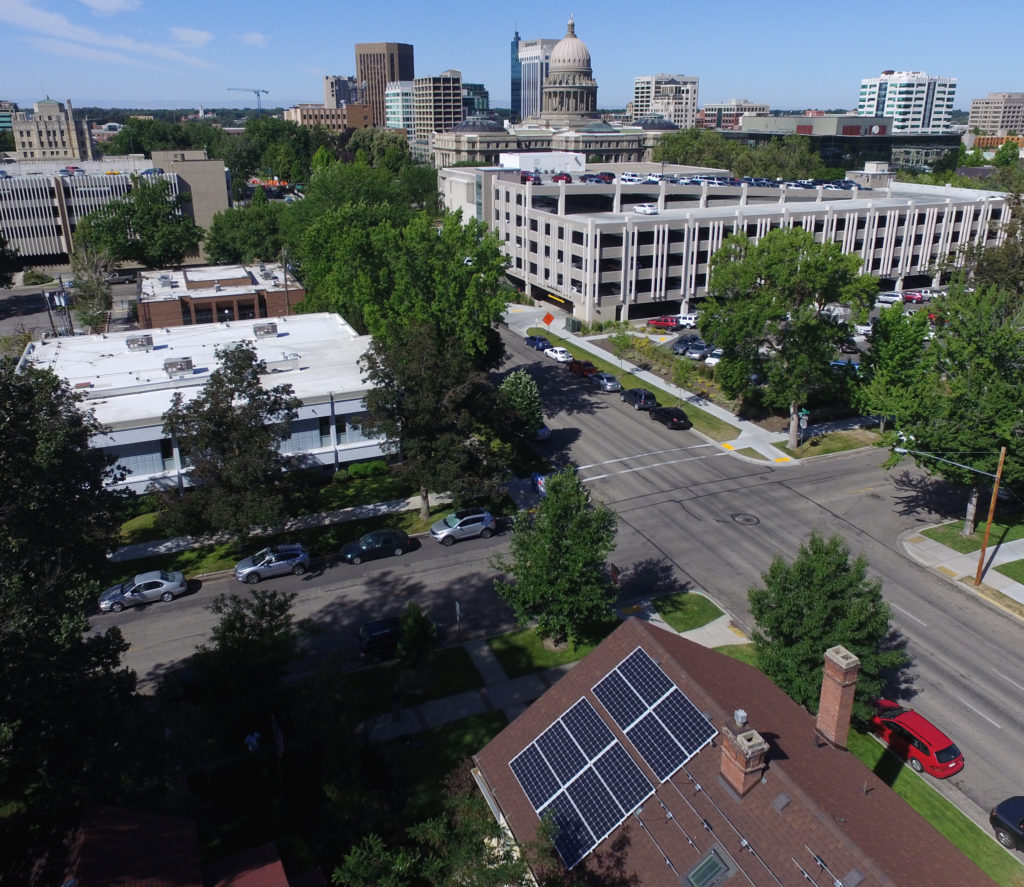
How ICL Encourages Solar Power
- ICL engages with utilities, regulators, and customers to protect solar polices like net metering
- ICL encourages utilities to invest in solar instead of fossil fuels.
Mitigating Concerns
Large solar projects require quite a bit of land and transmission lines to connect to the grid. In the wrong location, this can impact wildlife habitat and special places. We are encouraged that current projects in Idaho are located away from these valuable places.
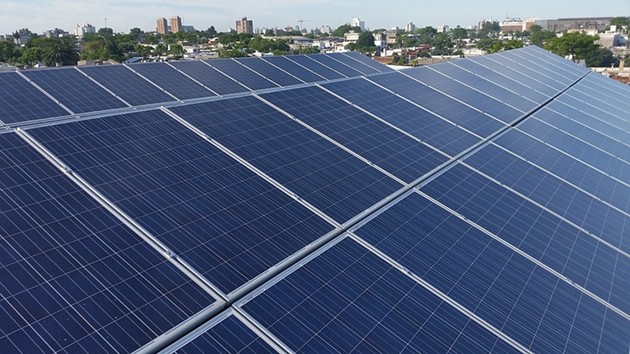
Wind Energy
Why Wind?
Idaho has substantial wind energy potential in the Snake River Plain. Today, the region hosts 541 wind turbines with a total capacity of 973 megawatts (the same size as a major coal plant) that generate 15% of Idaho’s in-state electricity. That’s enough energy to power 224,000 homes! Wind power creates no emissions and uses virtually no water while providing a clean, local alternative to fossil fuels.
How ICL Encourages Use of Idaho’s Wind Resources
- ICL engages with utility planners and regional allies to foster reforms to the transmission system and energy markets
- ICL seeks ways for customers to choose wind generation over fossil fuels on their power bills.
Mitigating Concerns
Wind turbines may not spew pollution, but they do have towers that are hundreds of feet tall with blades sweeping across the sky. Birds can be struck and bats may suffer barotrauma when flying near the spinning blades. Other species, like sage grouse, will abandon the area around wind developments, thereby shrinking their habitat.
To protect habitats, ICL focuses on putting wind energy in its place, and not in special places where local flora and fauna are at risk. ICL supports statewide standards for wind turbine siting that protect wildlife and landscapes. We encourage private landowners to study and mitigate potential impacts to birds, bats, and other wildlife.
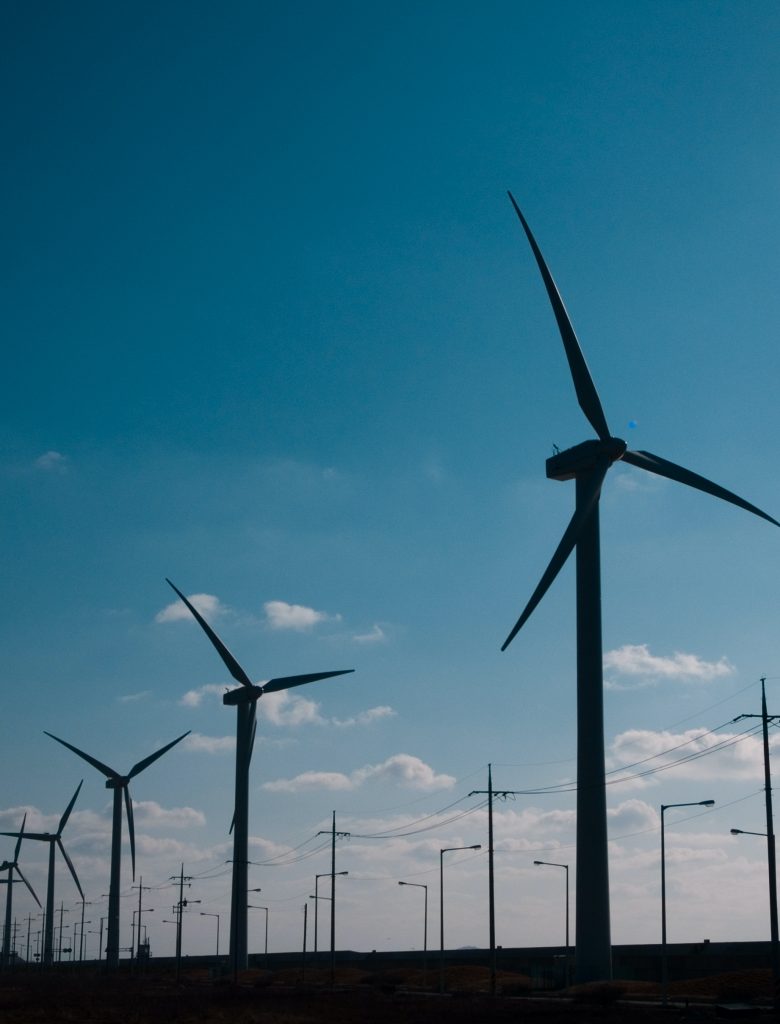
Geothermal Energy
Why Geothermal?
If you’ve lounged in an Idaho hot spring, you’ve appreciated our geothermal resources firsthand. Idaho has some of the best geothermal potential in the country thanks to its volcanic past. Hot water holds energy, and ICL is working to inject hot water into our clean energy future. If fully developed, geothermal resources could provide enough energy to cover over 40% of Idaho’s total consumption with reliable baseload power.
Fun fact! ICL’s main office is attached to Boise’s district geothermal heating system — the largest in North America. This system heats the Capitol building along with many other downtown buildings, and portions of Boise State University.
How ICL Encourages Geothermal Energy
- ICL engages with utility planners and regulators to advocate for use of geothermal resources instead of fossil fuels
- ICL reviews permitting processes to ensure development occurs while protecting environmental values
- ICL encourages Boise to expand the geothermal system to more homes and businesses.
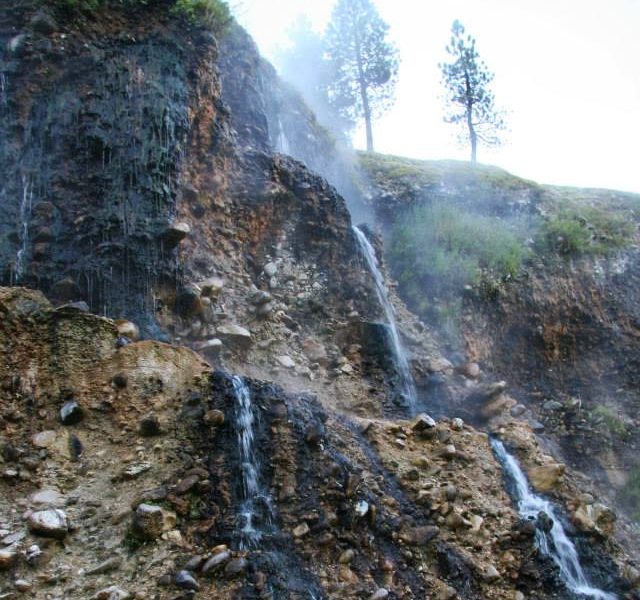
Mitigating Concerns
Geothermal plants require drilling deep wells, building power plants on the surfaces, and using transmission lines to connect to the grid. We review all proposed projects and oppose those located in unique, remote areas like Panther Creek. By contrast, the existing geothermal plant in Raft River, Idaho, is located on an already impacted part of the Snake River Plain.
Beyond location, ICL works to ensure developers have a reasonable plan and that Idaho’s agencies apply appropriate sideboards. Key issues we advocate for are strong standards for well designs and closed-loop systems that cycle geothermal water back into the reservoir. This practice keeps surface waters from being contaminated by heavy metals from deep underground, prevents geothermal waters from overheating fish-bearing streams, and recharges the aquifer.
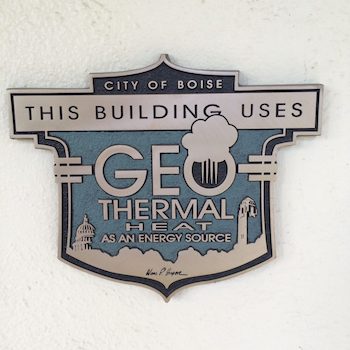
Agricultural Methane
Why renewable natural gas?
Methane, also know as natural gas, is a powerful climate pollutant. Cows produce methane during digestion and cow manure continues to release methane as it decomposes.
Because Idaho has a large and growing dairy industry, Idaho’s second-leading source of climate pollution is agricultural methane. Today most of this pollutant simply leaks into the air.
Idaho can capture and convert this methane into useful products. Technology exists to capture the gas and either convert it to electricity on-site or inject it into the existing natural gas pipeline system.
How ICL Encourages Capture and Conversion of Methane
- ICL examines technological answers to collect and convert methane
- ICL encourages utilities and regulators to consider this option in resource planning.
Mitigating Concerns
Dairies are a large and growing issue across southern Idaho. We seek to protect water and air quality for local communities through mechanisms that clean up existing dairies. Creating a market for existing pollutants is a key means towards this end.

